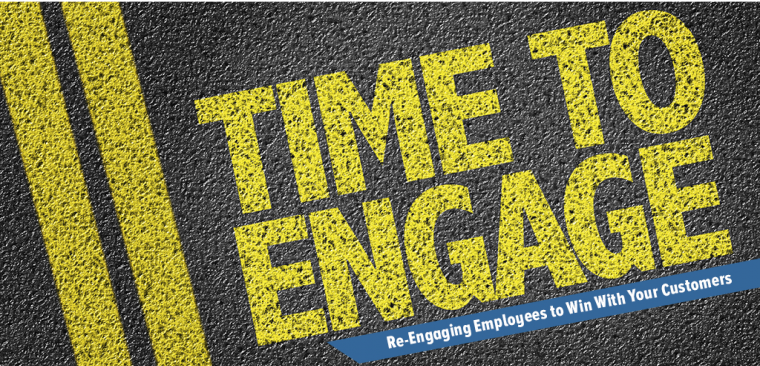Every organisation needs customers to buy its products, services or the purpose repeatedly over time. This loyalty leads to advocacy and hence, is critical for the growth of the organisation. We know, some organisations have done this well and thus, have stayed relevant for hundreds of years. There are about three dozen such listed companies in India!
Employees first!
There are multiple factors which enable customer loyalty, the most critical being customer perception about the relevance of the offering and the value vs the price. The customer experience (CX) contributes significantly to the perception and hence, the crucial factor of loyalty. Who designs and delivers the CX? It is the employees of the organisation who study the environment and the customer needs, design and deliver the product or service. Their commitment, dedication and skills decide how well the organisation can deliver the desired CX. Thus, employee engagement comes before customer engagement.
Cadence matters!
Leaders of an organisation need to exhibit consistency in their values and beliefs over decades of their existence. An organisation might change its business model and strategy, diversify into unrelated areas of business and hence, draw a different kind of people, capital and technology. But its core beliefs must not change. One can think of hundreds of values such as integrity, equality, fairness, transparency, societal concern, charity, competitiveness, speed, friendliness, punctuality, customer focus, employee-oriented, process-driven and many more. Each of these can be applied to any business irrespective of the domain and geography it operates in. An organisation typically identifies 3-4 of these as their core beliefs which stand out in the founders’ minds and commits to them for the long term. The business principles, decisions and day to day life at work are guided by these values.
Leaders need to own these up fully and adapt well into their lives at work consistently. Their behaviours flow down the hierarchy; the members of a team see the pattern of behaviours of their boss and adapt them; thus, the culture of the organisation comes about.
Right from recruiting employees, inducting them to work, assigning work to them, measuring their performance, coaching and guiding them, developing them further to how the leaders interact with the stakeholders of the organisation, structure the organisation, build, run and improve the systems and processes get influenced by these beliefs and culture of the organisation.
Read also: What is your mindset?
Focus on customers or profits?
All of us know, it is not an either-or decision. Every business needs customers, profits and long life at the same time. Undoubtedly, we need employees first, set the right environment for them to perform and show them the right way of doing things. However, the enablers have to be in the right places for these employees to deliver the desired CX.
CX is the sum of all moments of truth customers go through. Hence, communication plays a very important role apart from following the approach the organisation believes in. In order to engage our employees well, we need to know what they want and desire; based on our realities and our environmental factors, we design a value proposition for them, present the same and do our best to deliver on that promise consistently at each moment of truth. In the same way, we need to understand our customers’ needs, wants and desires. Based on the resources we can lay our hands-on and the environmental factors, we design a value proposition and communicate the same to them using channels that our customers consume.
Our promise of ‘values vs price’ needs to make sense to the market. Only then, we receive orders from customers to deliver this promise. Our employees play the most crucial role in watching the market and listening to customers – active as well as potential. Based on these insights and the organisation’s resources, systems, processes and beliefs, they develop a promise. Their role doesn’t end here; rather the most important part of engagement starts now. Each moment of truth for the customer has to deliver the promise made. If my promise has built a perception that my offering is innovative, the customer expects us to show innovative ways in which we communicate with them, design and deliver the product or service and handle after-sales engagement.
Read also: The ideas we did not learn at our B-school
In order to achieve repeat sales and profitable growth, we need a good balance between costs and revenue on a long-term basis. On the contrary, one can build a compelling promise, boost sales and keep costs at a minimum to maximise profits. However, this approach hurts long term prospects of the company.
We need to focus on CX through employee engagement and enabling them with the right structure, systems and processes.
Reference:
https://hbr.org/2012/05/how-to-engage-your-customers-a
https://www.visioncritical.com/blog/employee-engagement-drives-customer-experience
https://cmo.adobe.com/articles/2017/3/brands-culture-and-employees-are-the-foundations-of-success.html#gs.u6y8nz


